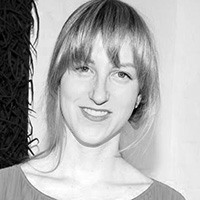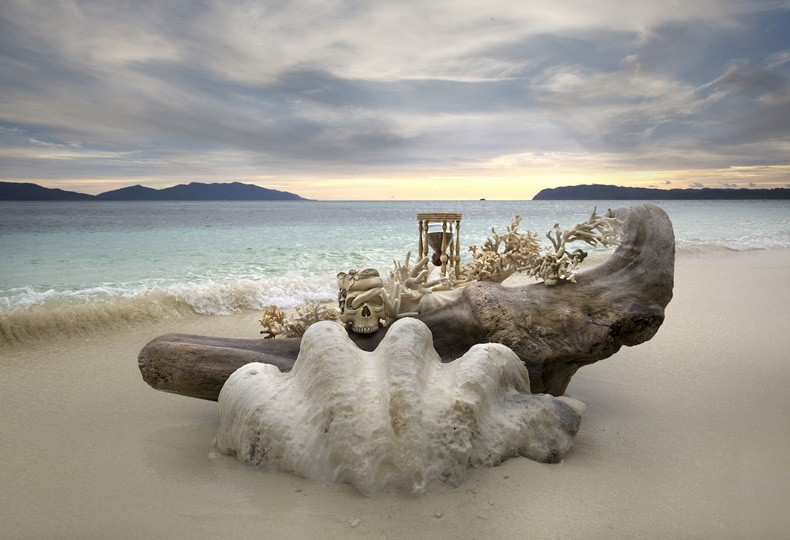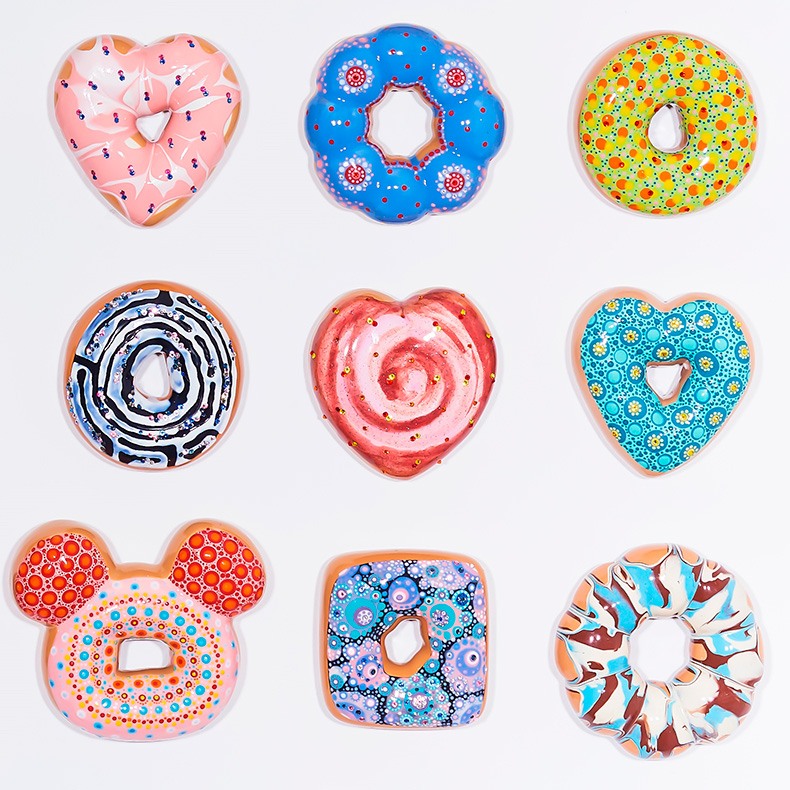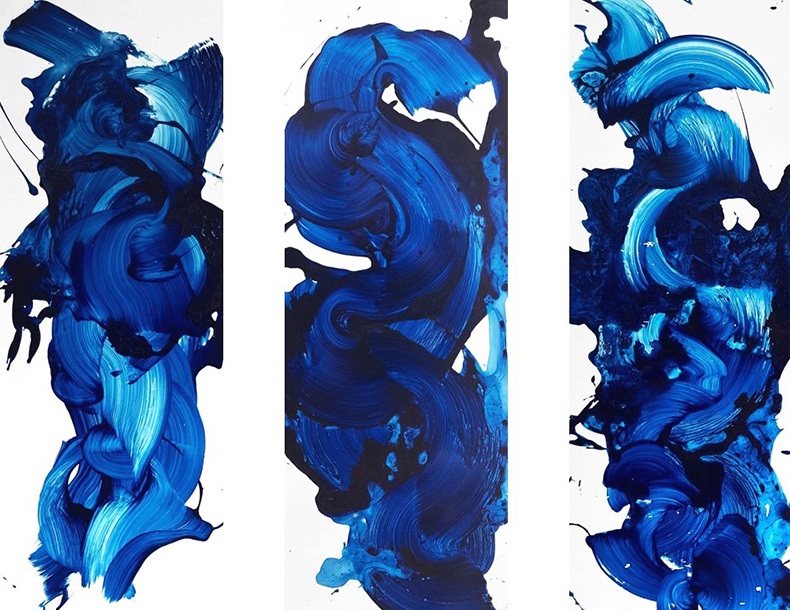
Fashion for Art: How It Changes and What It Depends On?
How does the fashion for art develop, and what is currently considered trendy? Today, we are exploring this issue together with the curator of modern art gallery, Askeri Gallery, Darya Morgacheva as part of Design Mate’s leading monthly topic of this March, which is Design as Art.
 Daria Morgacheva Askeri Gallery Curator
Daria Morgacheva Askeri Gallery Curator
Of course, fashion for the art surely does exist, it’s just not as inconsistent and variable as, for example, in the fashion industry. Besides that, it should be noted that the art industry is heterogeneous and generally split into several segments with varying target audience, so each segment naturally has its own specific trends. For example, let’s talk about the art market, which literally considers the art as the investment opportunity. The ‘blue chips’ here are the works by expensive artists that are purchased in order to sell them later and make some profit on the price difference. Here, we have distinctive and unique fashion trends, where today, for example, everyone is buying Rothko, tomorrow the market is going crazy over Pollock, and so on.
Absolutely different trends are observed in the art fields that are not directly driven by sales. Here, we have something which is rather hard to monetize, like video art and installations presented at the biennale. This area is the home for virtually all contemporary Avant-Garde art. It also has its specific trends, but, unlike the art market, they change around once in decade, rather than each year. For example, in 1970-80s, in USA, there was a lot of public attention to the feminist agenda, so the artist also had been creating their conceptual projects and performances related to these social issues. In general, the trends here go hand in hand with the humanitarian and social science researches. A good example is growing attention to the urbanistic topic in general, which contributes to the development of the separate art direction focusing on the urban environment issues.
Art as a reflection of the humanitarian problems
Recently, we may observe the active development of the new relevant art direction primary focusing on the environmental issues. In the Western countries, this topic has been a matter of interest for around ten years or something, and now this trend has also reached our public space. Thus, several Russian artist are already working with recycled plastics and create impressive sculptures made of this environmentally friendly material. In general, today the gap between Russia and the Western word that exists in terms of the relevant art is shrinking rapidly thanks to the growing globalization and Internet resources, using which a modern artist may easily track the processes taking place at the other end of the globe.

BEAUTY AND TRASH, DIGITAL PRINTING, ONE PLANET – ONE FUTURE EXHIBITION BY ANNE DE CARBUCCIA AT ASKERI GALLERY
Another interesting trend of the last 10-15 years is so called science-art which is, as the name suggests, a form of art directly related to science standing on the edge between scientific and artistic project. The first science art works emerged in America in the late 1990s along with ubiquitous computerization and growing interest to the innovative technology. The art attempts to interpret these processes. Today, there are a lot of discussion regarding whether such projects should be considered as art or not, but the key point here is to remember that everything that once seemed weird and incomprehensible to the contemporaries eventually gas become virtually classic. This is most valuable feature of new concepts and ideas – Avant-Garde is exactly something that usually makes into the history.
Then, there is another area – something that may be conventionally described as ‘average art market’, where belongs everything that does not require major investments, and this segment also has its own peculiar trends. For example, in the Soviet Union, there was a lot of realistic art, so after the USSR dissolution, the artists tired of the Social Realism started to actively explore alternative forms of art. In around ten years later, we observed a backlash, where both the artists and the collectors finally got leery of Avant-Garde art and suddenly started to recall the Realism traditions. This is continuous process. Therefore, it’s rather complicated to distinguish some specific tendencies on the market, since lately we have a lot of different styles and trends.

I LOVE DONUTS, J. Yong Kim, Askeri Gallery
Along with love to the traditional formats, such as painting and graphics, we also observe growing interest to the unusual forms, such as ceramic items. If two years ago, we probably were the only ones who presented ceramics at Cosmoscow (these were bright donut-shaped sculptures by Jae Yong Kim) then last year the similar pieces were featured at the several different stands. Sure, we currently may observe a growing interest towards mixed formats, when the fine art invades the territory of decorative applied art and vice versa.
Design as art and Vice versa
Another trend is close interaction between the art and the design, when the artists venture into design, and the designers start experimenting with art. Here, at Askeri Gallery, we display the sculptures by Ashley Hicks, the UK interior designer and the son of globally recognized decorator David Hicks. Also he is mainly focused on design, Ashley also successfully cooperates with art galleries in New York and Moscow. Then, here is an opposite example. The artist, Conor Mccreedy, whose works are displayed at our gallery, regularly collaborates with design brands. For example, recently he released a bed, titled Blue Heaven, the body of which is decorated with the patterns in his unique artistic style using the signatory MccreedyBlue color in collaboration with the luxury furniture brand Bernarda Beds.

UNTITLED SPLASH (TRIPTYCH) BY CONNOR MCCREEDY, ASKERI GALLERY
IN my opinion, this is very interesting trend. It is always good, when a design item that primary features high utility and decent functional properties does not devaluate itself from the fine art point of view. Kit allows the artist to invade the design territory and vice versa, which gives birth to many interesting collaborations and unique products.
Cover photo: GLEB SKUBACHEVSKII, "ARTIFACT NO. 4", 2018, ASKERI GALLERY.

